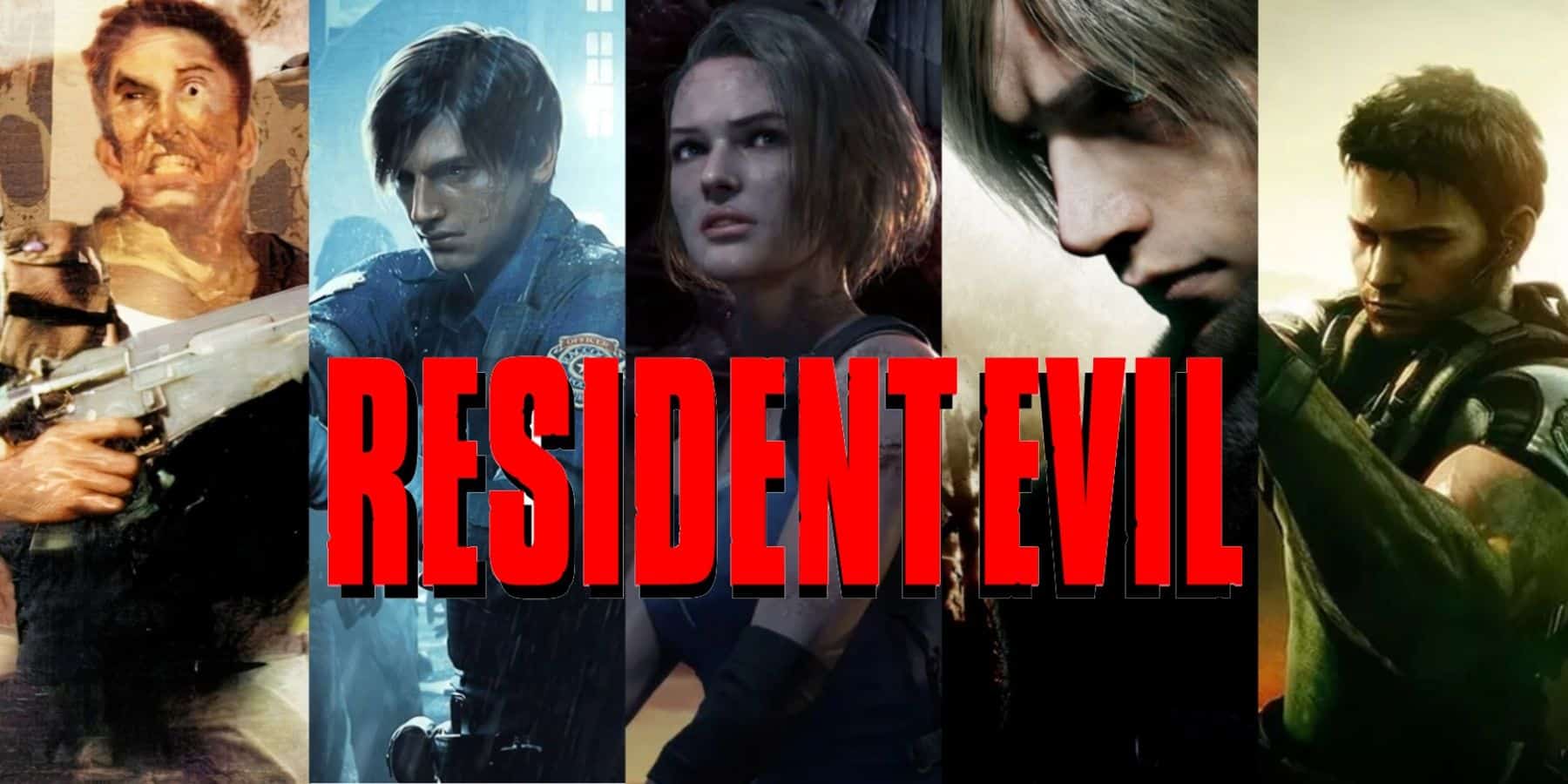Since its debut in 1996, Resident Evil has remained synonymous with the survival horror genre. While Capcom’s own Sweet Home gets the credit for actually birthing the genre, Resident Evil is undoubtedly responsible for popularizing survival horror and bringing it to the masses. In the 27 years since the series’ first game, the franchise has helped spawn 7 numbered sequels, 4 remakes, dozens of spin-offs, and a multimedia empire that includes television series, anime, and major motion pictures. You could arguably credit Resident Evil with reigniting the zeitgeist’s obsession with zombies and paving the way for the success of The Walking Dead.
Rather than cover the numerous spin-off titles that are typically third-person shooters or on-rails light gun games, this chronology will stick to the main entries and side games that adhere to the formula that the first Resident Evil establishes. That is to say, the main entries that see players navigating a hostile space filled with hideous monsters, scavenging ammo and supplies to stay alive all while solving devious puzzles. Between the recent revitalization of the series with RE7 and a series of high-profile remakes, there’s ironically still plenty of life left in this franchise that focuses on the undead.
Resident Evil (1996)
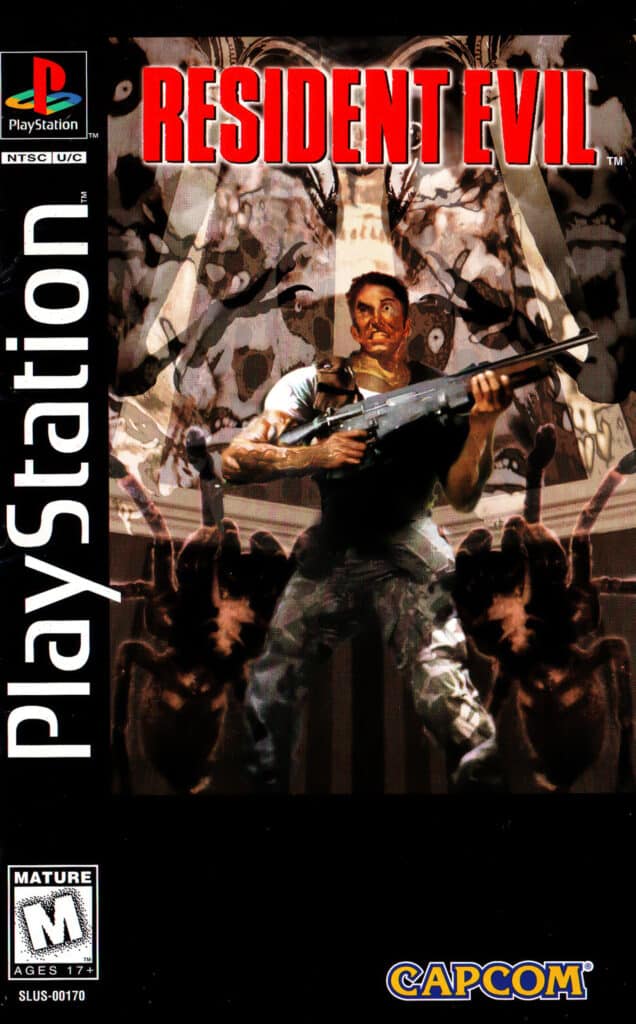
Arriving for the PlayStation in 1996, Resident Evil was completely unlike anything else on the system at the time. It borrows heavily from PC horror games like The 7th Guest and Alone in the Dark, with the first Resident Evil also stranding players in a mysterious mansion filled with what appear to be supernatural threats and complex puzzles. Selecting either Jill Valentine or Chris Redfield presents players with alternate playthroughs that mix up key item placements and enemy positions, adding some significant replay value to the game in the process.
Both Jill and Chris are members of S.T.A.R.S. — an elite special forces unit in the Raccoon City Police Depatment. Following reports of hikers going missing and human remains found in the woods of the nearby Arklay Mountains, S.T.A.R.S. launches a mission to investigate and is immediately waylaid by what they find. Needing to escape the mansion leads to either Chris or Jill uncovering the truth behind the horrible occurences, kicking off a decades-long saga of the pair’s crusade against the evil pharmaceutical corporation Umbrella.
Resident Evil 2 (1998)
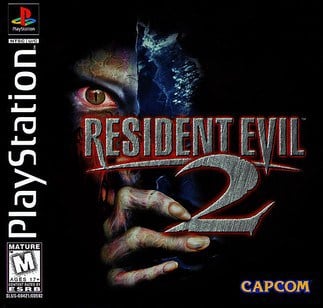
Taking place just weeks after the events of the first game, Resident Evil 2 sees the biological agent at the center of the undead attacks spill out into Raccoon City proper. With a full-blown zombie outbreak on their hands, its up to rookie cop Leon Kennedy and Chris’ sister Claire Redfield to escape Raccoon City alive while also eliminating the last sample of the G-Virus. Along the way, Leon and Claire team up with survivors Ada Wong and Sherry Birkin, who also go on to become important characters in the series canon.
Resident Evil 2 is a massive improvement over an already incredible game, expanding both the types of enemies as well as the number that could be displayed on screen. For the first time, players had an approximation of a video game based on George Romero’s Dawn of the Dead. Again players could also play through two distinct campaigns as either Leon or Claire, but the sequel adds the ability to play an alternate version of each character’s campaign based on the order they’re played in.
Resident Evil 3: Nemesis (1999)
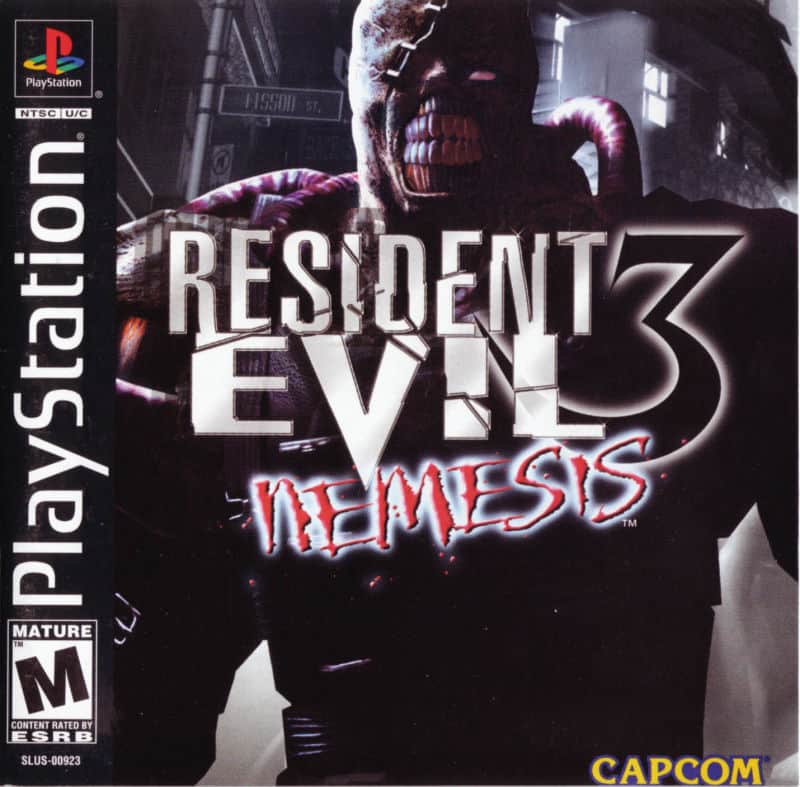
Resident Evil 3 runs concurrent to the series timeline with Resident Evil 2, telling the story of how Jill Valentine escapes Raccoon City during the outset of the zombie outbreak. With hard evidence that the Umbrella Corporation is behind the Arklay Mountain incident, Jill is getting ready to leave the city and join Chris in his investigation when all hell breaks loose. Not only are the streets of Raccoon City infested with zombies, a biological weapon deployed by Umbrella (the titular Nemesis) is in the process of tracking down and eliminating all remaining S.T.A.R.S. members. The title is mostly noteworthy for featuring quick-time events that require the player to make split-second decisions that effect the game’s outcome.
Resident Evil – Code: Veronica (2000)
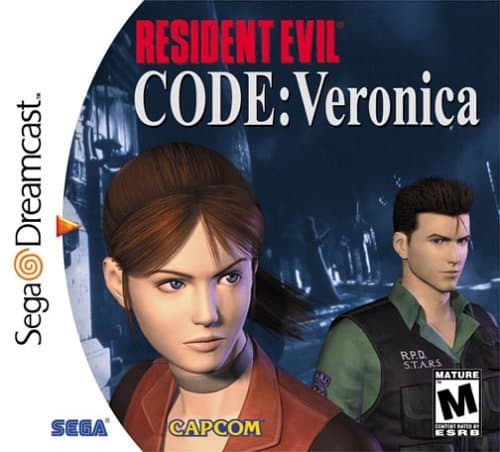
Chronicling the journey of Claire Redfield as she tracks down the wherabouts of her missing brother Chris, Code Veronica is an interesting side story that takes place during the period between RE3 and the 4th main entry. After getting caught by Umbrella, Claire is sent to an island prison facility where she begins to uncover the strange experiments of one of the three Umbrella Corporation founders. Eventually the game switches perspective between Claire and Chris, allowing players to get time with both Redfields before the game’s conclusion. Interestingly, this is the first title in the series to not use the traditional “tank” controls from the original game, allowing full 3D movement with the analog stick.
Resident Evil Gaiden (2001)
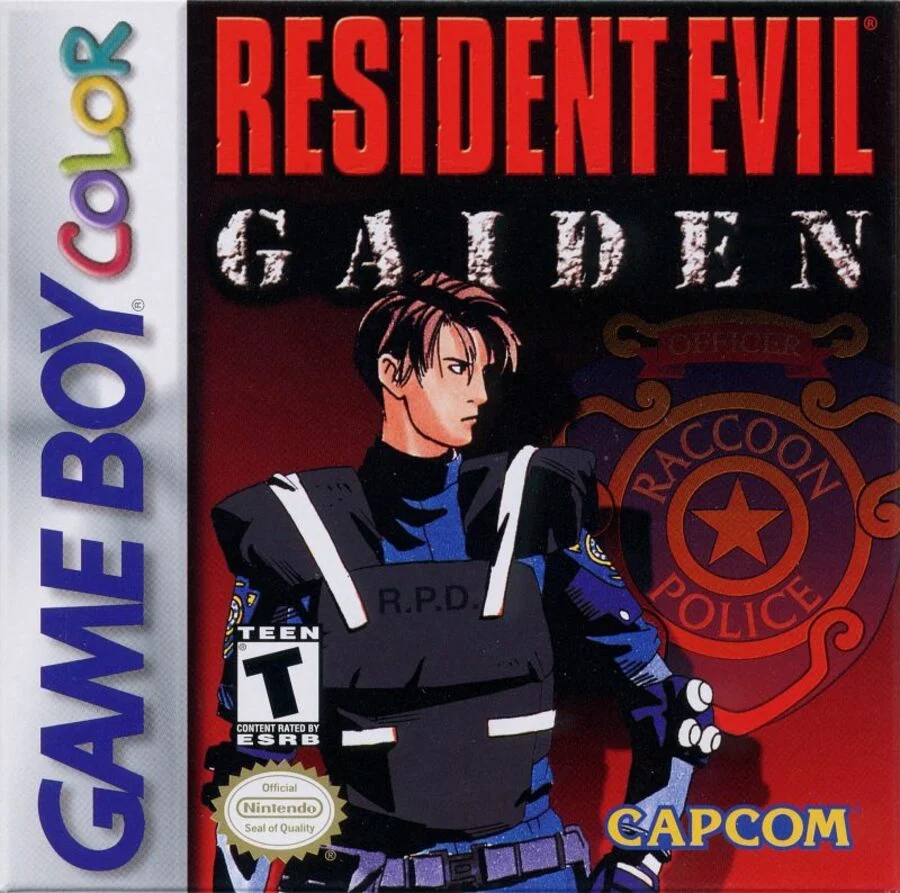
Long before Revelations, another game in the Resident Evil series tried the whole “zombies on a boat” concept. Gaiden, releasing for the Game Boy Color in 2001, exists as an interesting outlier in the series’ history. Due to the technological limitations of the hardware, Gaiden is the first game in the series to shift to a top-down perspective during exploration. When characters come across enemies and need to initiate combat, the game then switches to a first-person view with players using the d-pad to control the aiming reticle. Despite being the subject of a middling critical reception, many fans hold the title dear as a cult classic.
Resident Evil (2002)
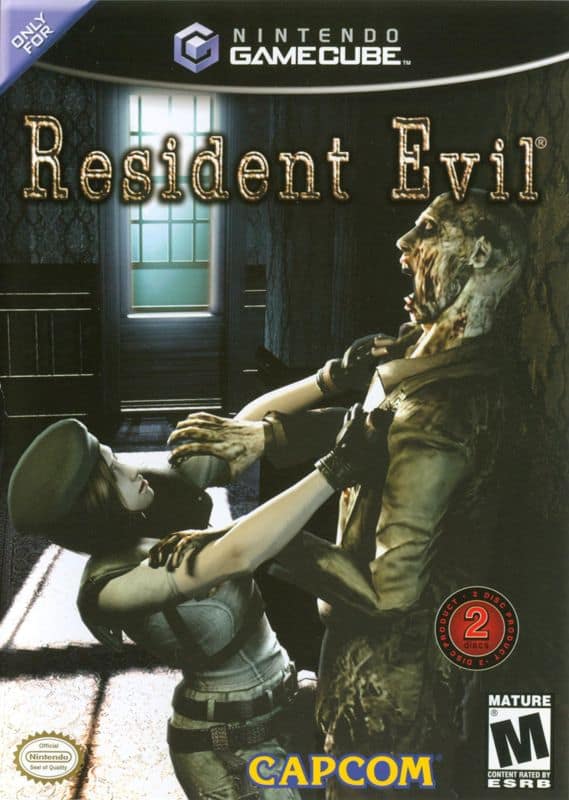
The first of three series games developed for the GameCube as part of a partnership between Capcom and Nintendo, 2002 saw the arrival of Resident Evil. A complete, ground-up remake of the original game, Resident Evil introduces several new additions to the gameplay outside of the incredible audio and visual makeover. One of the more important changes is that players can choose whether to use the original “tank” controls or have the analog stick of the GameCube controller produce 1:1 3D movement.
The game makes excellent use of both lighting and sound design to lean much more firmly into horror territory, creating a genuinely unnerving experience. To add to the tension, zombies now reanimate after defeat, with players needing to carry around a fuel canteen and burn them lest they turn into the dreaded Crimson Head zombie variants. The first game in the series is one of the most important titles in the history of video games, and this just may be the best version of it.
Resident Evil Zero (2002)
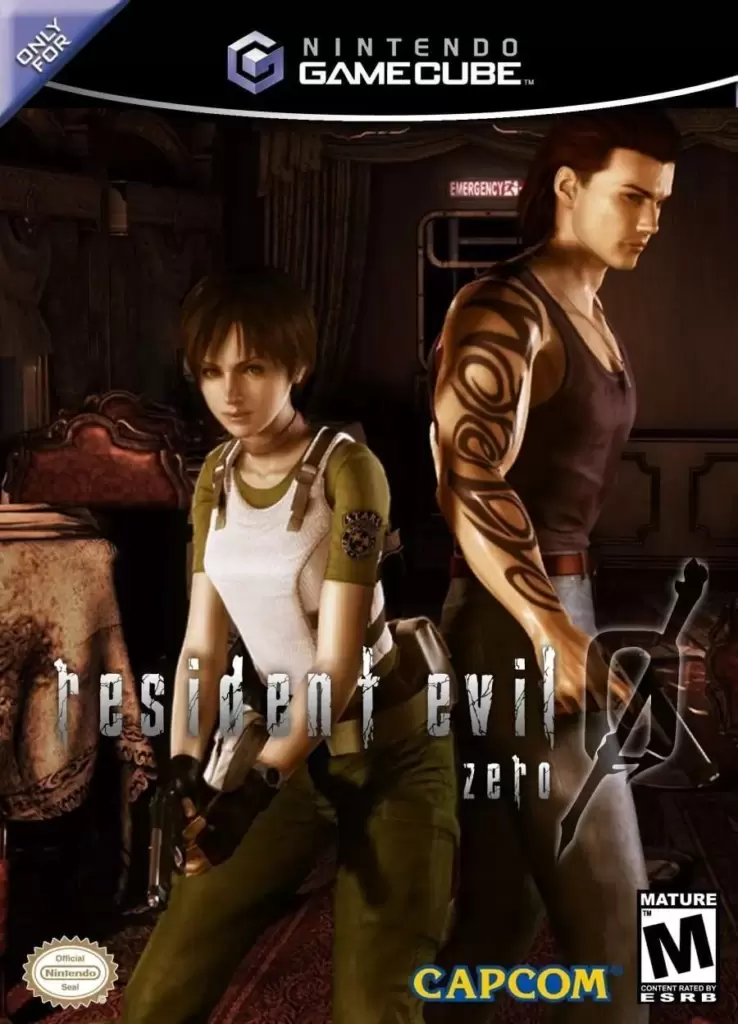
Releasing later in the same year as the remake of the first game in the series, Resident Evil Zero takes players back to the events that lead directly into the first game. Both a prequel and a story detailing the fate of the S.T.A.R.S. Bravo Team, players get to assume the role of fan-favorite character Rebecca Chambers as she tries to rendezvous with her teammates. Rather than feature two separate characters for players to choose from, Zero has a unique mechanic to the series in which players actively switch back and forth between the game’s two protagonists. This makes for some interesting puzzle and encounter design, with players needing to continually manage the well-being of two heroes instead of one.
Resident Evil 4 (2005)
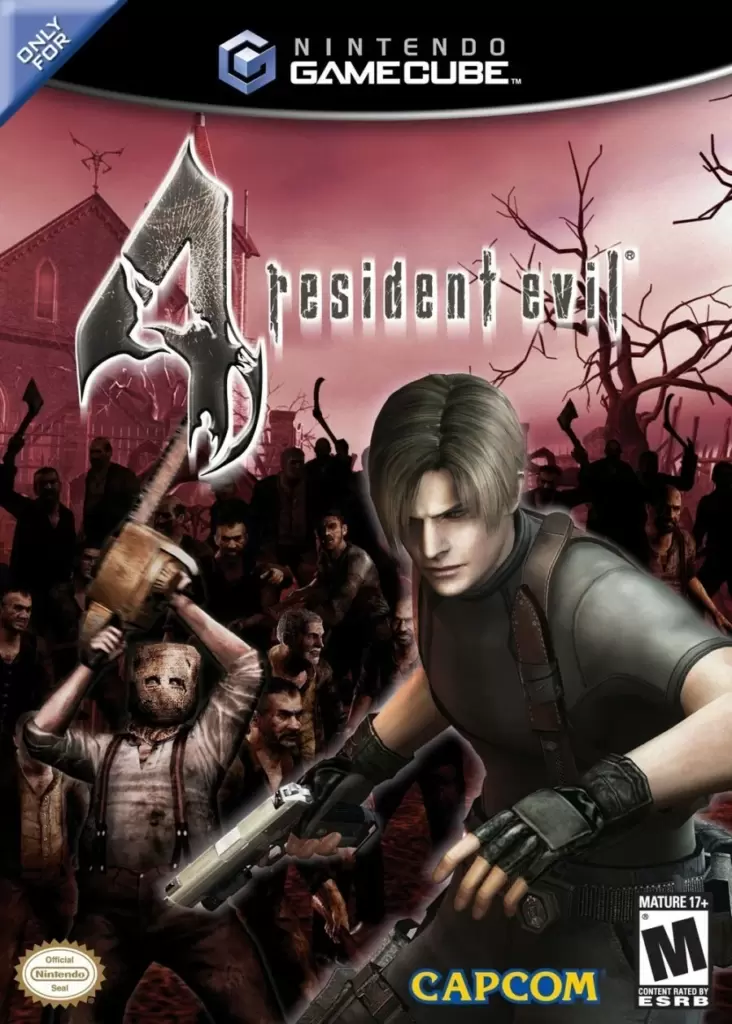
©Box art for Resident Evil 4.
After several false-starts and scrapped ideas, the final version of Resident Evil 4 arrived in 2005 and completely redefined action games almost overnight. The most notable and influential change that the game makes over its predecessors is its switch in perspective to an over-the-shoulder viewpoint. This POV would quickly become the standard camera style used in almost every third-person shooter that came after RE4. Beyond the impact that the game has held on the medium, RE4 is simply one of the best entries in the entire series and remains so to this day. With a greater emphasis on action as wel as some light RPG elements via the resource collection and gun upgrades, the 4th game in the series takes the best parts of Resident Evil and a blockbuster action movie and melds them into an unforgettable experience.
Resident Evil 5 (2009)
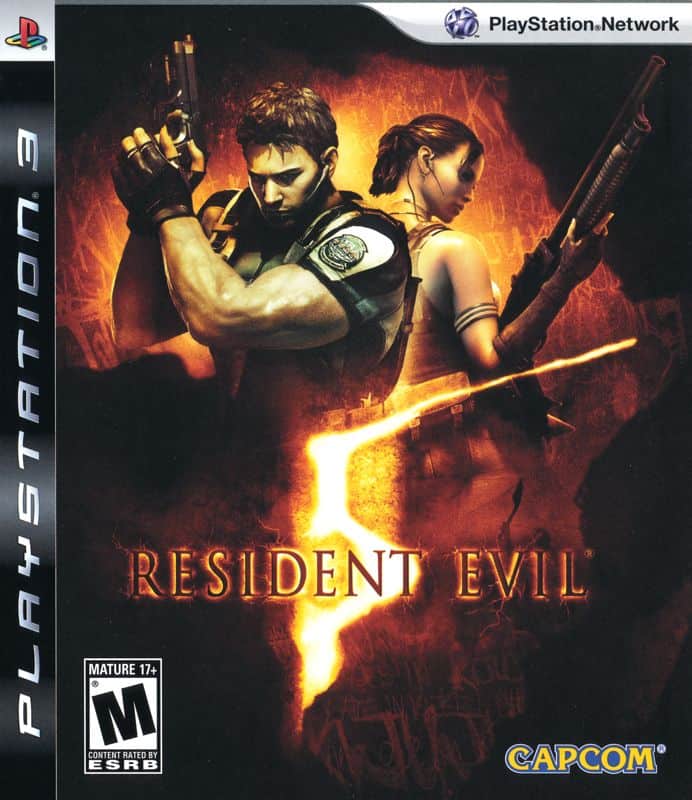
Resident Evil 5 plays it safe by continuing many of the design features from Resident Evil 4, but this time changing the setting from rural Europe to war-torn Africa. Along for the ride with series mainstay Chris Redfield is new character Sheva Alomar, both acting as agents of the BSAA — a new global anti-bioterrorism unit. With the Umbrella Corporation defunct, Chris and Sheva respond to reports of strange occurrences in the fictional West African region of Kijuju. They discover not only that a bio-weapon is at the center of it all, but that Albert Wesker is pulling the strings.
While Resident Evil 5 is still a solid entry in the franchise, it fails to reach the same heights as its predecessor. Mostly due to its heavy emphasis on action, many players felt that it lacked much of what makes the Resident Evil series special. Still, the ability to play the entire game in co-op makes for a great experience and it exists as the first game in the series that allows you to team up with a friend in-person or online.
Resident Evil: Revelations (2012)
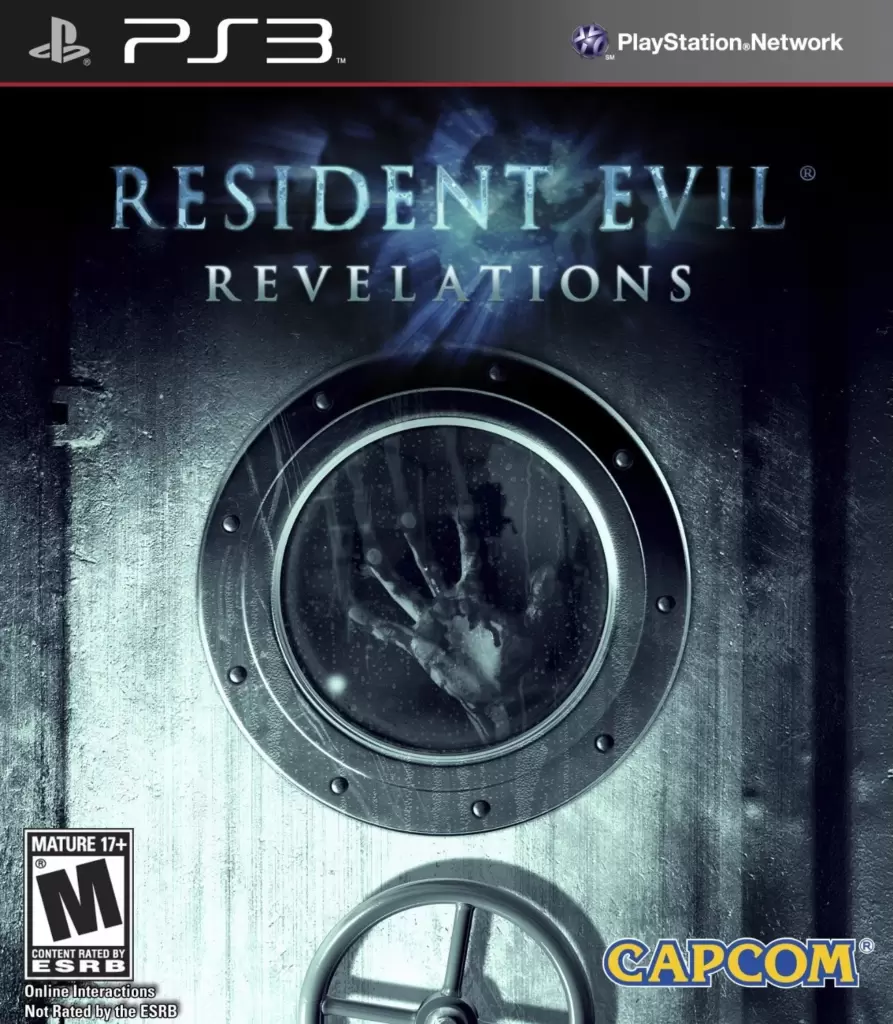
A response to the action-heavy RE5, Revelations dials down the shootouts to bring the series back to its survival-horror roots. Again taking place on a cruise ship, Revelations sees Jill Valentine investigating a luxury liner stranded in the ocean. Unbeknownst to Jill, though, the entire boat is infested with BOWs — Bio Organic Weapons. Ratcheting up the tension through a greater emphasis on scavenging and survival, ammo in Revelations is incredibly scarce and not every encounter requires combat. Instead, players must rely more on their scanner and their knowledge of the game’s maps to outsmart foes.
Resident Evil 6 (2012)
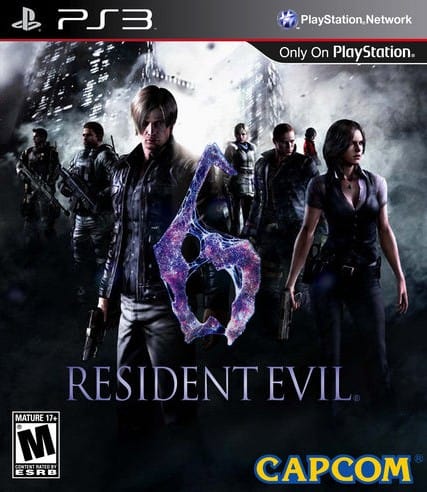
Resident Evil 6 would ultimately prove to be the “final straw” for the franchise’s continual action leanings before the developers went back to the drawing board. Featuring 3 separate campaigns that unite protagonists from across the entire series, RE6 is a great idea on paper that fails to live up to its concept in execution. For starters, the shooting is loose and floaty, which isn’t what many fans would hope to find in an action-heavy third-person shooter. Almost all elements of the series’ trademark horror are absent, and the lack of meaningful progression turns the proceedings into little more than an arcade-like shooting gallery. The sixth game in the series remains a sore spot on its legacy, but thankfully it was the catalyst for some highlights that were yet to come.
Resident Evil: Revelations 2 (2015)
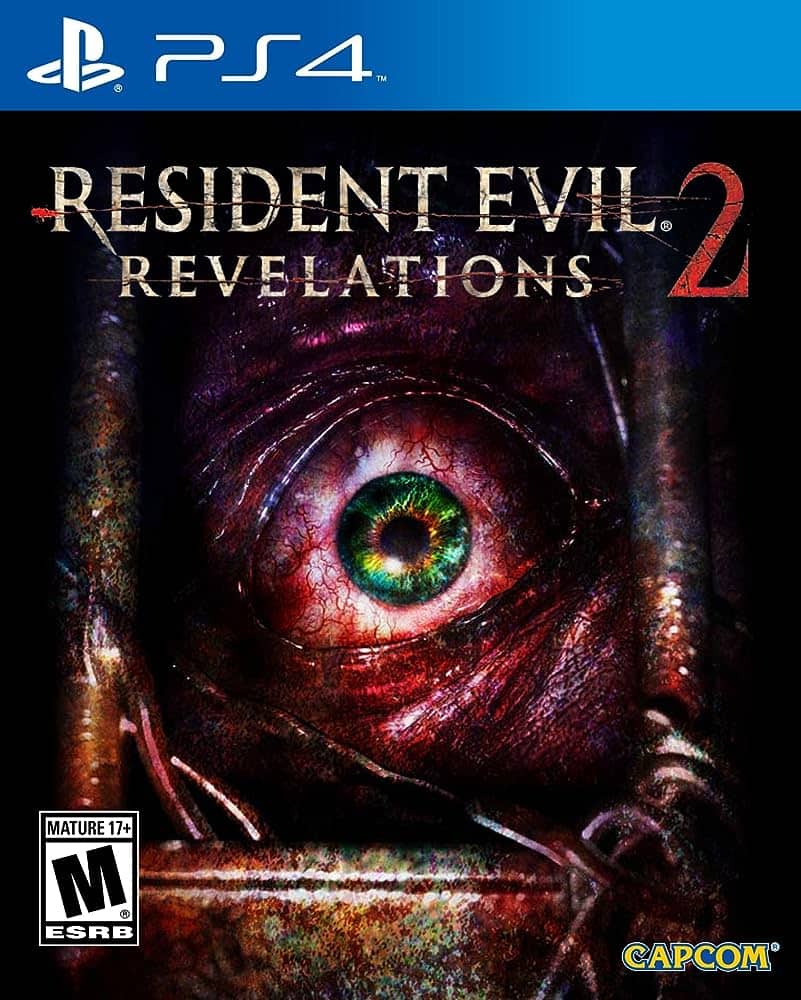
Another horror-leaning entry in the Revelations sub-series, Revelations 2 ups the ante by giving players two protagonists as well as a companion for each. Players can assume the role of either Claire Redfield. or Barry Burton (making his first appearance since Gaiden) and each character has an AI or human-controlled companion. Just like the first game in the Revelations series, the sequel has a greater emphasis on stealth and survival than all-out combat, and its chapter structure helps the story have the feel of an episodic television thriller.
Resident Evil 7: Biohazard (2017)
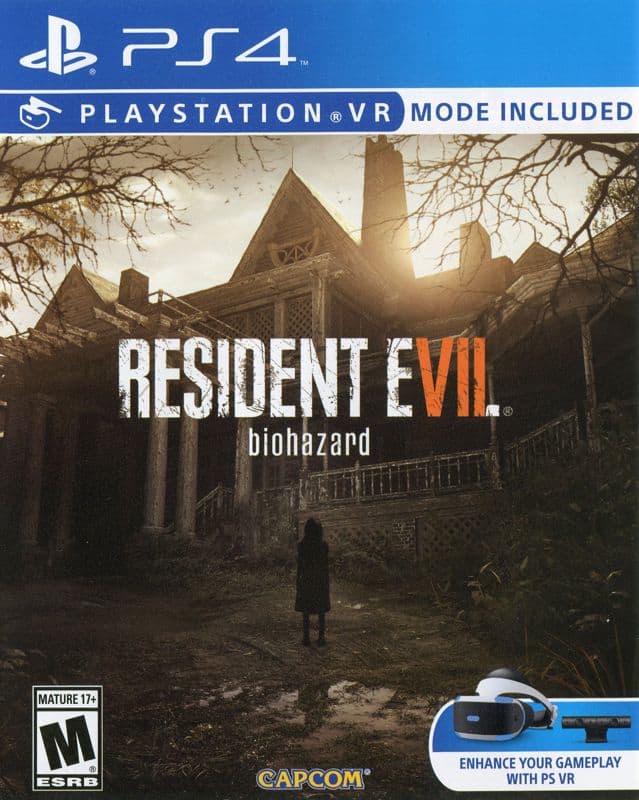
After the disappointment of Resident Evil 6, it was obvious to Capcom that it needed to take the series back to the drawing board rather than risk it becoming irrelevant. After 5 years of waiting, fans got their hands on the 7th entry in the long-running series, Resident Evil 7: Biohazard. Gone were the recognizable protagonists and locations of the series’ past. Instead, players assume the role of series newcomer Ethan Winters as he attempts to track down his missing wife in the swamps of Louisiana. Switching perspective from the traditional third-person to an entirely first-person POV, Biohazard also effectively takes the series back to its roots by putting the “horror” in survival horror. One of the scariest and most disturbing games in the series, Biohazard turned out to be a much-needed shot in the arm and has led the charge of a renaissance for all things Resident Evil.
Resident Evil 2 (2019)
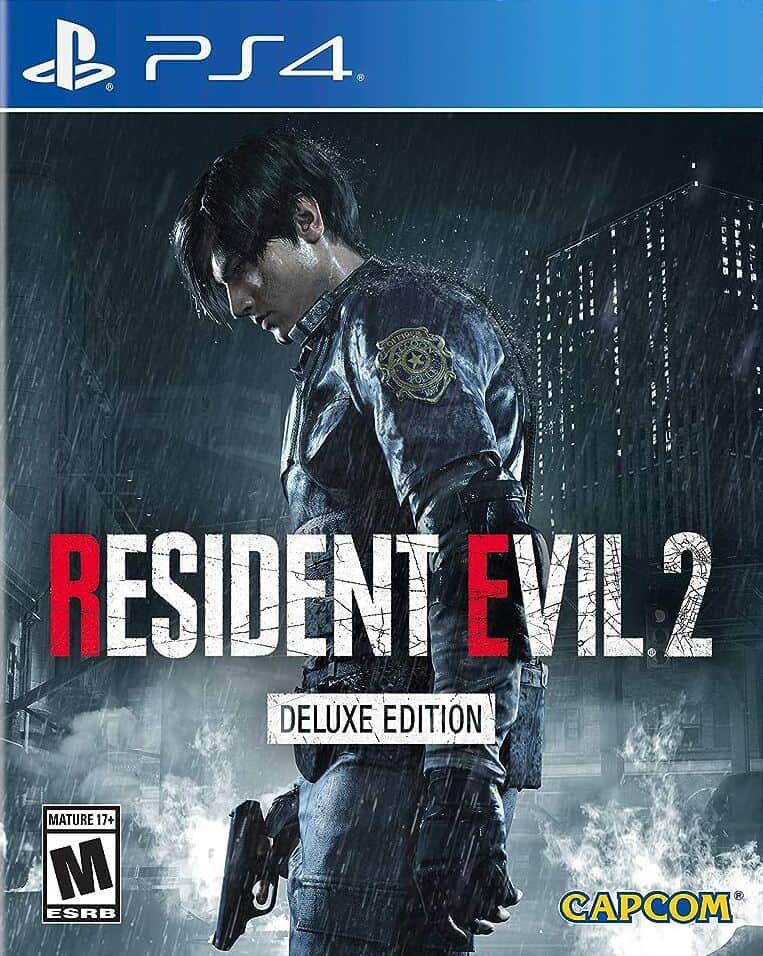
For more than 15 years, fans of the Resident Evil series had been clamoring for a remake of the second game in the series similar to Capcom’s 2002 remake of the original game. In 2019, fans finally saw that dream come to fruition with the release of Resident Evil 2. Using the same RE Engine that powered the impressive visuals of Resident Evil 7: Biohazard, the remake of RE2 is an absolutely jaw-droppingly gorgeous title that completely re-imagines the original as an over-the-shoulder third-person survival horror game. While the plot and major mechanics remain the same as in the original, the ways that Capcom cleverly subverts players’ expectations help to make this one of the best games in the entire series. Resident Evil 2 on PlayStation was an already near-perfect game, and the remake just might beat it.
Resident Evil 3 (2020)
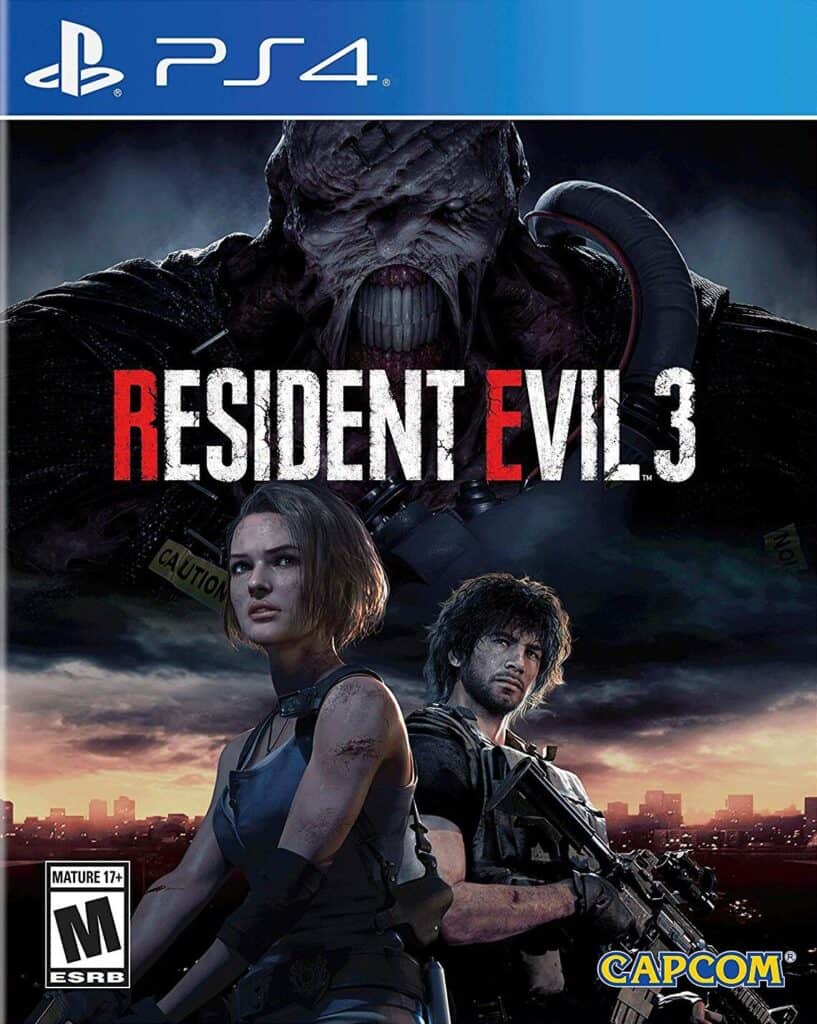
Although the remake of Resident Evil 3 could have been a large DLC expansion for the remake of Resident Evil 2, it’s still a vast improvement over the original. One of the main problems with the original RE3 was the game’s pacing, with several sections feeling tacked on as a way to artificially lengthen the experience. The remake does away with several of these sections while also making the Nemesis a more present and engaing threat throughout the adventure. Not only that, Carlos is given more screen time as well as better characterization, including one of the best sequences in the entire game during the hospital defense scene. It may lean more heavily into action territory than the remake of RE2, but RE3 improves on the PS1 original in nearly every aspect.
Resident Evil Village (2021)
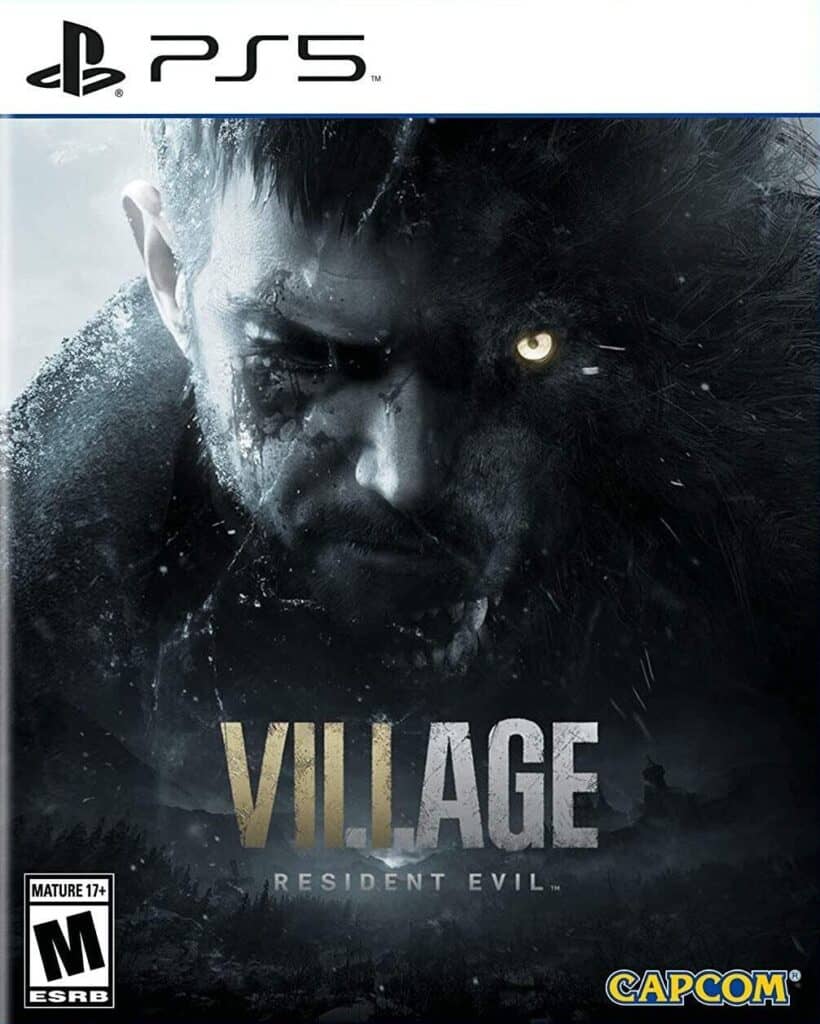
Both a sequel to Biohazard and a spiritual successor to RE4, Resident Evil Village (or RE8) sees players take up the mantle of Ethan Winters once again. Now residing in Europe, Ethan is called to action once again when his daughter is kidnapped by a nefarious cult led by 4 bioterrorists. Again taking place in first-person, Village improves on Biohazard by making combat feel more precise and snappy. Additionally, a plot point involving Ethan undergoing some military training with Chris Redfield gives cause for him to be better equipped at fighting enemies. Gone is the helpless survivor from RE7, replaced with a capable agent who wields numerous firearms with skill.
Players can collect treasures and sell them to purchase upgrades for their weapons (just like RE4), and the standard enemies put up a good fight. Eventually, the game’s plot helps players form connections between the events of all the games in the series as well as establish a more direct connection between RE7, RE8, and the rest of the franchise. The developers of the game have gone on record calling it a “theme park of horror”, and each of RE8‘s distinct biomes and bosses give credence to that description.
Resident Evil 4 (2023)
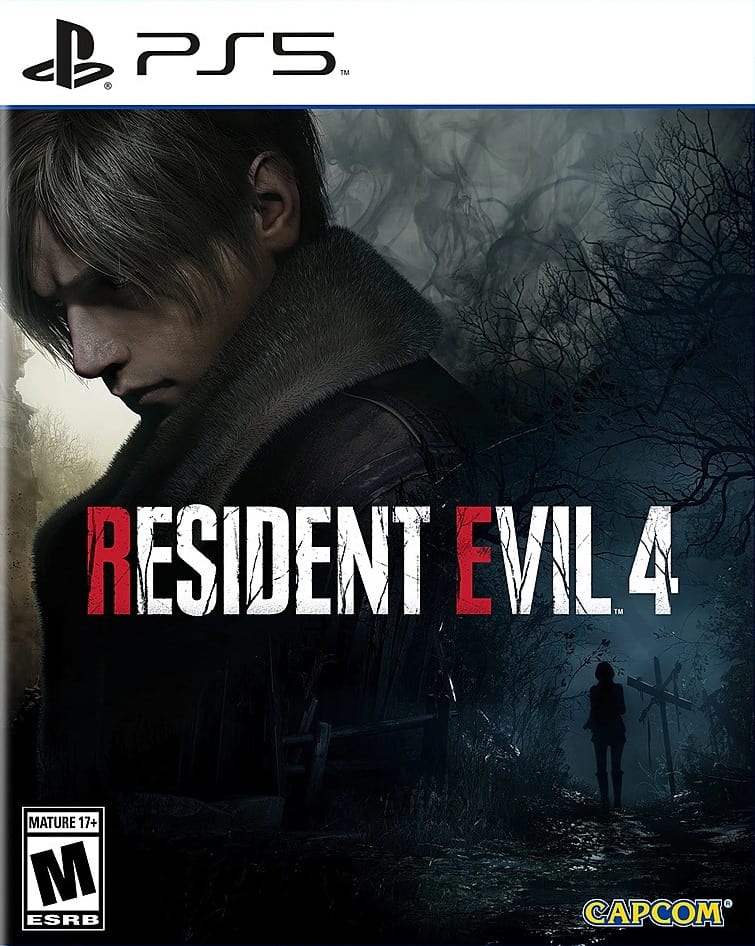
The most recent entry in the franchise is the remake of what many consider to be the best game in the series, Resident Evil 4. Similar to the other series remakes, Resident Evil 4 changes much of what fans remember about the original while also staying true to the larger design of its source material. In terms of the biggest changes that the remake of RE4 introduces, players can now move and shoot at the same time. Since restricting movement while shooting was implemented as a way to build tension in the original game, players now have a parry mechanic in the remake that requires them to use a combat knife toward deflecting melee hits (which also occur more often).
The game also streamlines several of the sections that would drag down the pacing of the original, offering up a much more streamlined and concise experience as a result. Boss encounters remain largely the same as they were in the original, although some new subtle changes (as well as the omission of one boss) help the remake to retain its own identity. In terms of the Resident Evil games that had the least to gain from a remake, Resident Evil 4 is certainly toward the top of the list, but somehow Capcom pulled it off and made an excellent game that can stand shoulder-to-shoulder with the original.
